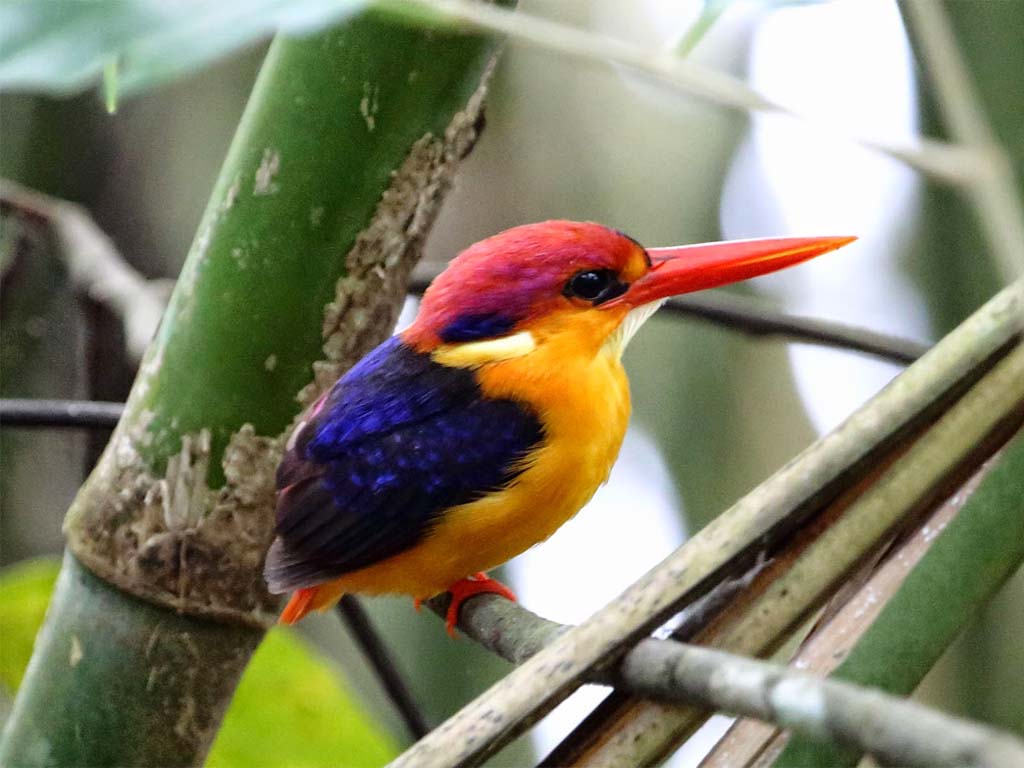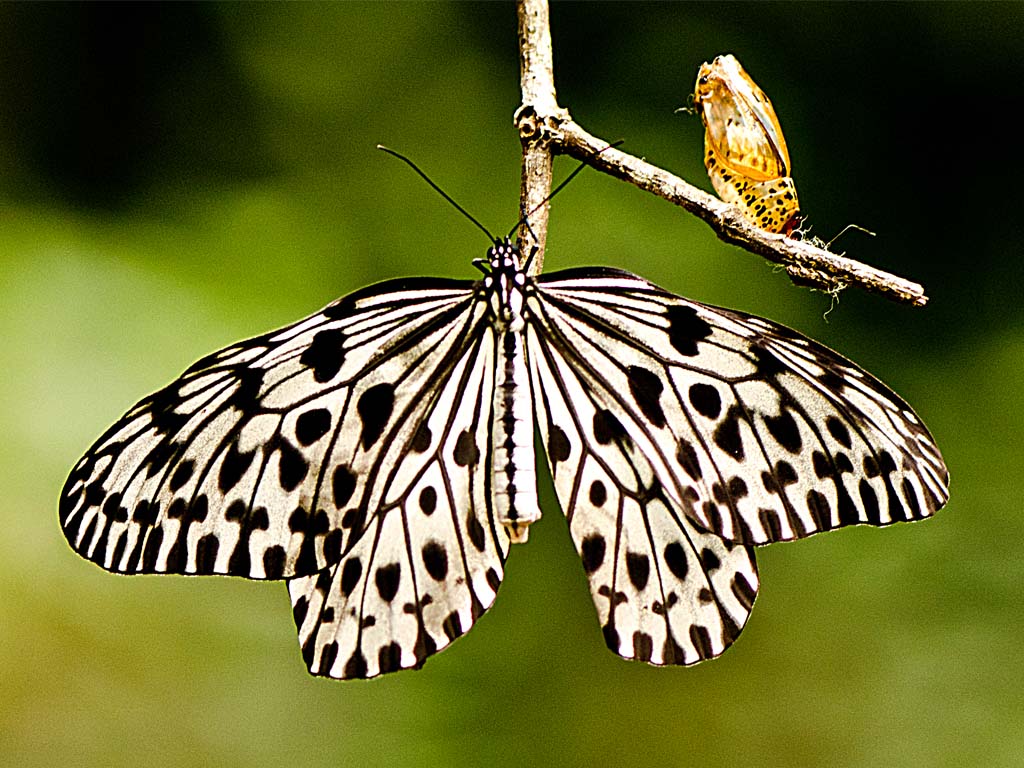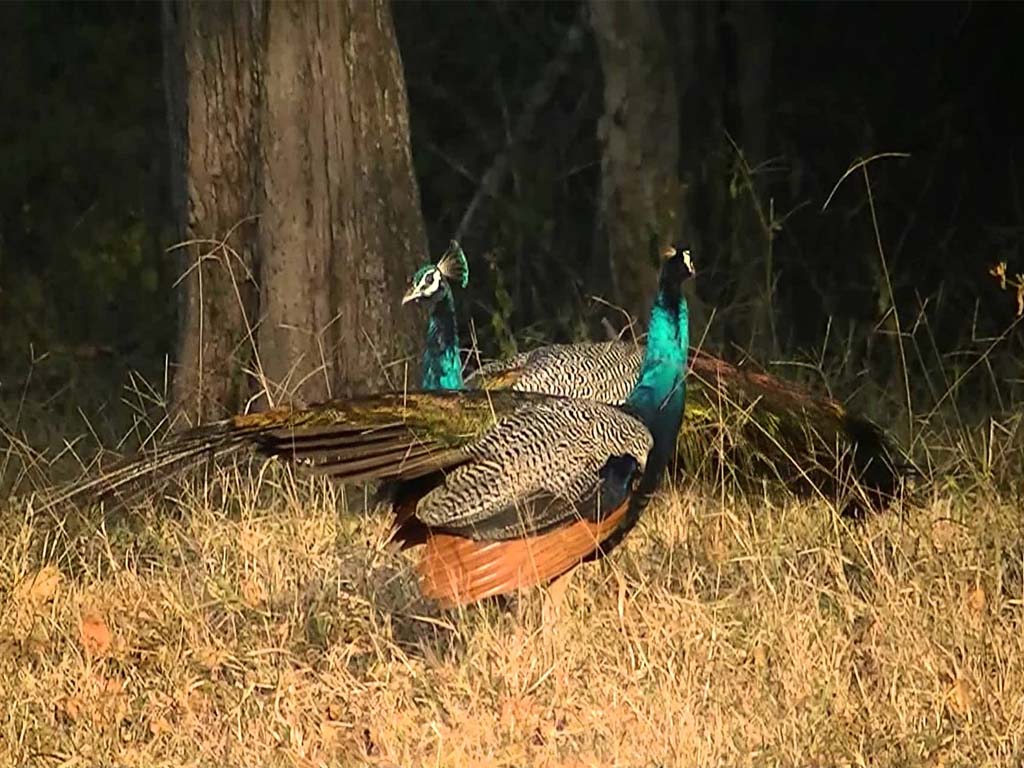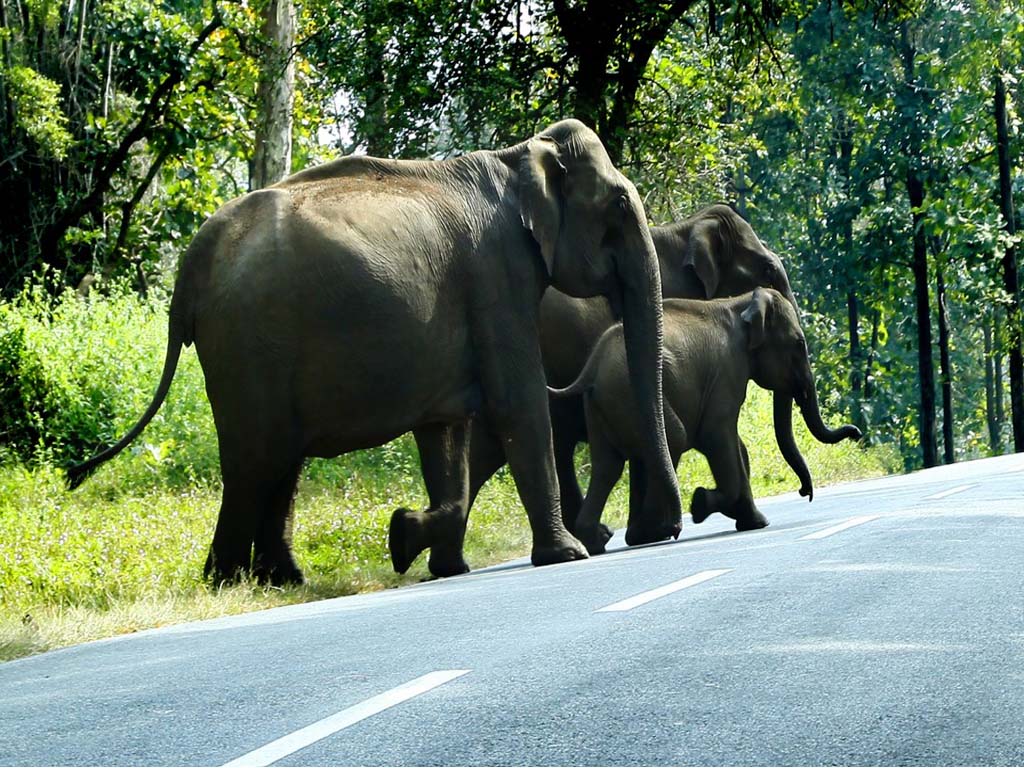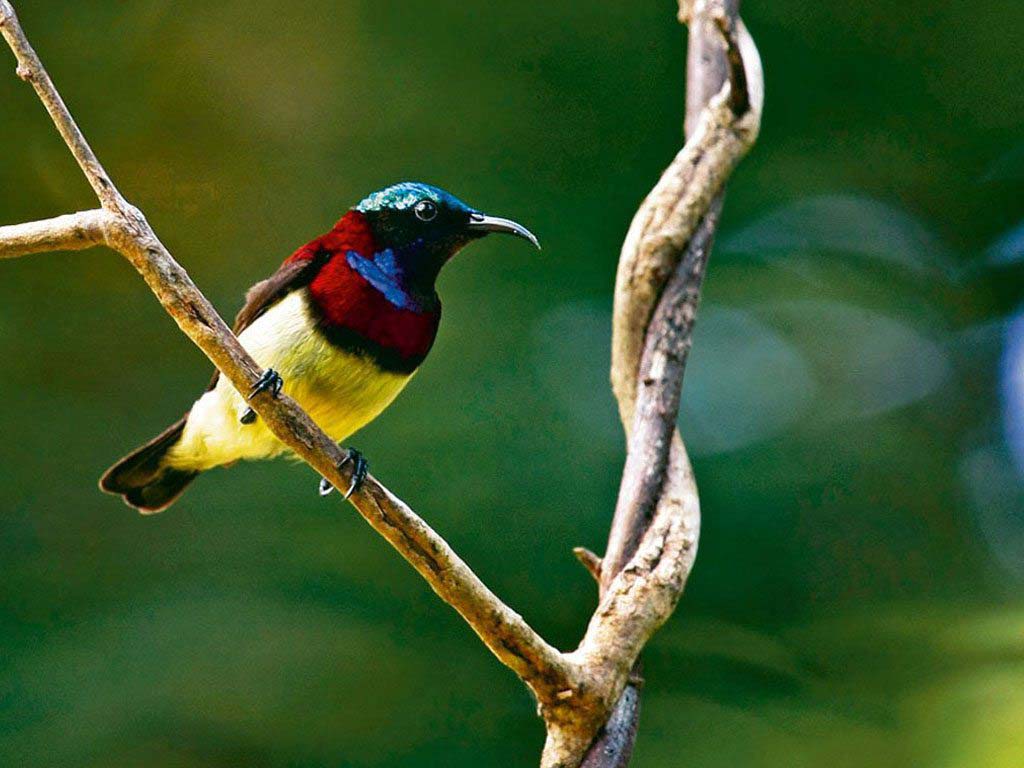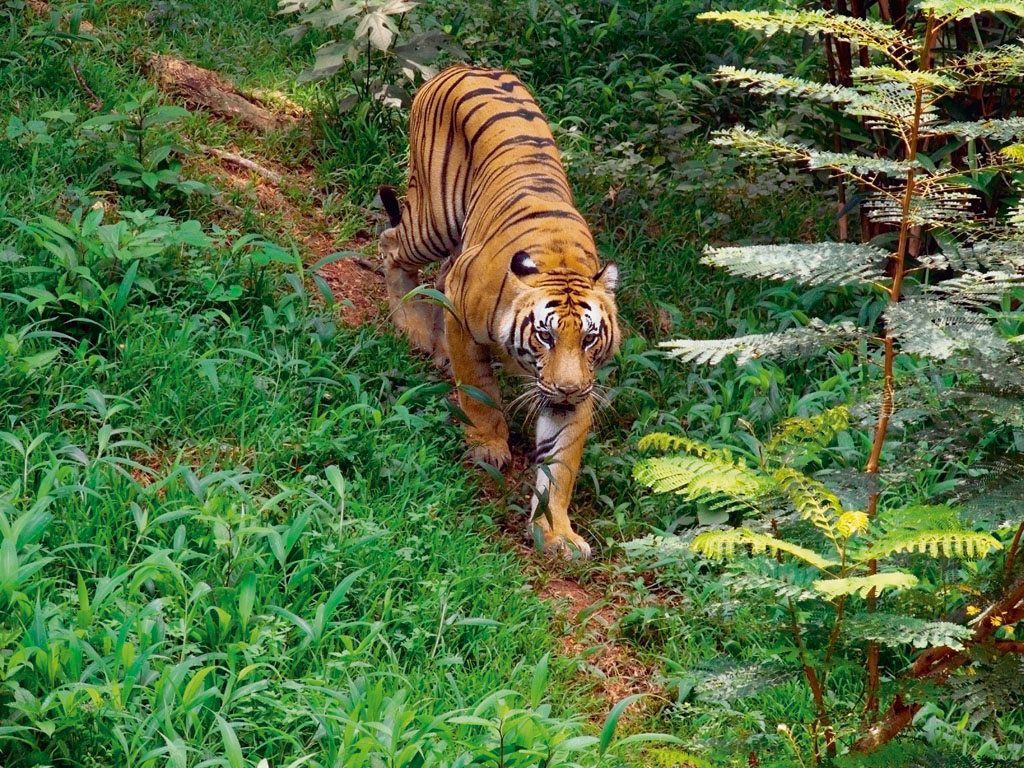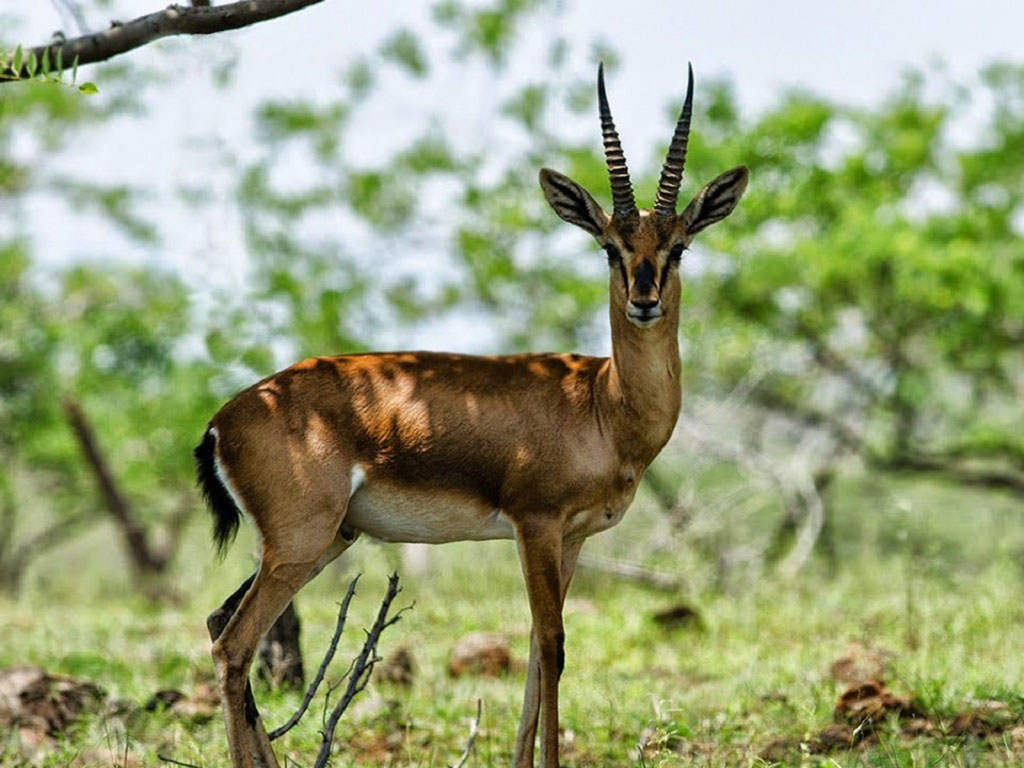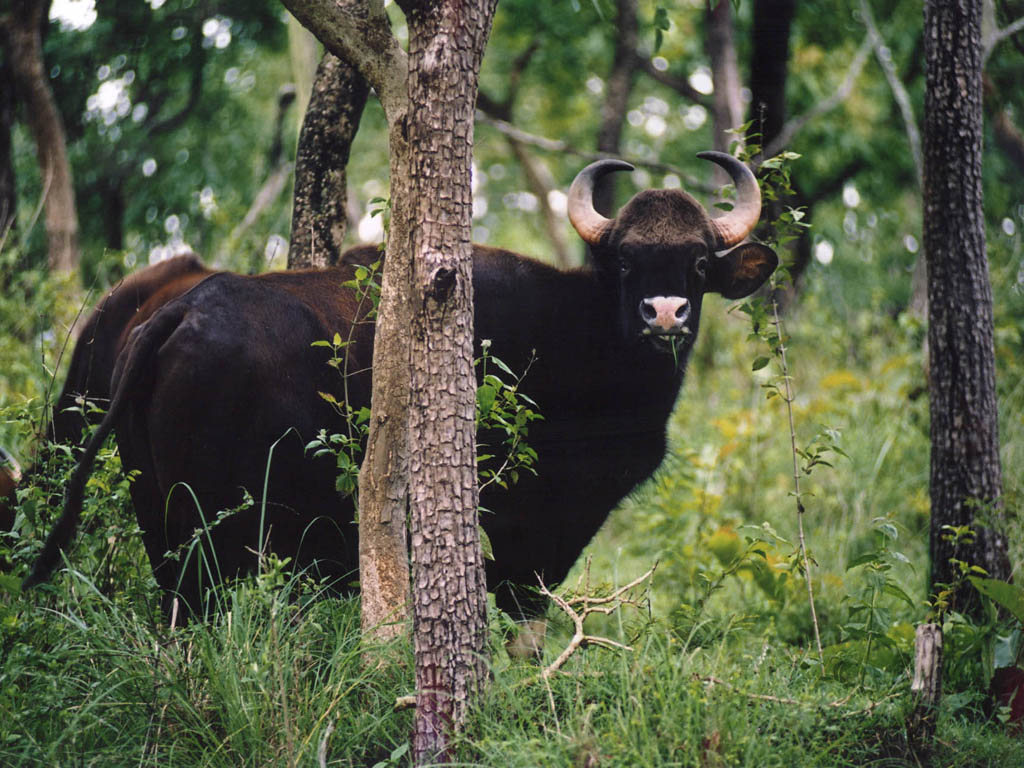The sanctuary area constitutes the watersheds of Kuttiady River. The reservoirs at Kakkayam, Peruvannamuzhy and Banasuramala are lifeline of the inhabitants in Kozhikode district as they are the source of drinking water. Electricity is also generated from the hydro-electric project. The picturesque dam site, unique climate, richness of biodiversity and gorgeous waterfalls of Urakkuzhi offers good eco tourism potential and is an important tourist destination of this region. The forest catchment of the sanctuary is a rich conservatory of the basic resource of life “Water”. The reservoirs, the rivers and the projects in the area, sustain the water and power (electric) need of Kozhikode and Malabar.
The Malabar Wildlife Sanctuary covering a total of 74.215015 sq.km extends between 11degree 75’ and 11degree 76 ‘North latitude and between 76 degree 20’ and 75 degree 38’ East longitude.The sanctuary is located in Chakkittappara and Koorachundu revenue villages of Quilandy Taluk. The forests lie on the Northwest slopes of the Western Ghats contiguous with the forests of Ladysmith Reserved Forests and Kurichiar mala of Kalpetta Forest Range of South Wayanad Forest Division. The sanctuary lies along the boundary of Kozhikode district with Wayanad district to the north of the Tamarassery – Kalpetta Ghats.
Both south-west and north-east monsoons bring rains to this region. South West monsoon is heavier and more violent. The 1992 and 2007 monsoon season was unusually heavy and violent causing considerable damage to forest, cultivations and property. The south west monsoon starts in the first week of June, preceded by a few pre monsoon showers in April and May. The heaviest fall occurs in July and August. The north east monsoon is generally weak and characterized by sporadic rains during afternoons in the month of October-November. December to March is generally dry months.
The temperature varies from 16° C to 38° C, diurnal and seasonal variation being moderate, as typical of the tropical nature. As the altitude increases, the variation is comparatively minimal which 10 is between 80c and 250c. The hottest months are April and May. December to February is relatively cool.
At the hills, the humidity varies from 60% to 100%. In the plains and foot of the hills, humidity varies from 50% to 90%, reaching saturation point during monsoon season. Mist is frequent in the higher elevation, with heavy deposition during December - February.
There are many seasonal and perennial streams that join the reservoirs constructed across the Kuttiady River, the largest river in Kozhikode district (Murat River in olden days). The existence of forests tract in the upstream catchments greatly influences the water quality in the downstream and reservoirs. It has a catchment area of about 583 km2 and is estimated to discharge 1224.30 MCM of water annually. Other drainage systems that join the Kuttiady puzha are: Onipuzha, Alerimuzhi thodu or Alampara thodu, Kadantharapuzha, Muthuveedu puzha
The Sanctuary has diverse vegetation types. These are the West-coast Tropical Evergreen, West-coast Semi evergreen, Southern Moist Mixed Deciduous, Southern Hill-top Evergreen forest, Grasslands, and Marshy grasslands (Vayals). The variety of vegetation types harbours more than 680 species of flowering plants including 226 species endemic to southern Western Ghats (about 30%). Sixty nine species of plants are placed under various threat categories.Viable populations of tree species like Meteoromyrtus wynaadensis, Syzygium stocksii, Eugenia argentea (previously considered extinct), Syzygium floccosum, Atuna indica (previously considered extinct), Coffea crassifolia (previously considered extinct), Garcinia malabarica, Humboldtia brunonis var. rakthapushpa. Atuna indica, Eugenia argentea and Humboldtia brunonis var. rakthapushpa occur only in this sanctuary. More than 200 species of medicinal plants are reported in this sanctuary. Fifty two species of bryophytes including 28 liverworts and 24 mosses are reported. Sixteen of these are new to Kerala and 9 new to Peninsular India. Several of them are reported to occur only in this Sanctuary area. Fifty ferns reported from the area include three tree ferns.
Forty one species of mammals are reported in the area, which include 6 Western Ghats endemics. Of the 179 species of birds, 10 are endemics, 6 range restricted and 5 globally threatened species. Thirteen of these are listed in the schedule I of the Indian Wildlife Protection Act (1972). Preliminary surveys indicate the presence of 36 species of reptiles including 8 Western Ghats endemics. This forested habitat is known to be an ideal haunt for King Cobra, the largest venomous snake in the world. Thirty eight species of amphibians are known from this area of which 26 are Western Ghats endemics. The amphibians include the recently discovered Philautus ponmudi, P. anili, P. tuberohumerus, P. neurostegona, P. ochlandrae, P. akroparallagi and P. chromasynhysi . The type locality for P. ochlandrae is the reed brakes of Kakkayam dam site, the only known site for this species.The streams of Kakkayam support 52 species of fishes including 21 Western Ghats endemics. The hill stream habitats of Kakkayam are also known for the endangered Mahseer, Tor khudree. A total of 143 species of butterflies including 8 Western Ghats endemics are known from this area. Fifty one species of Dragon flies which include 11 species of Western endemics are reported from the region.
The southern portions surrounding the reservoirs of this sanctuary are major tourist destinations in Kozhikode district. Visitor management and eco restitution activities are carried out through the 11 Vana Samarakshana Samithies (VSS) at the ecotourism centres at Peruvannmuzhi and Kakkayam. At Kakkayam, the Urakkuzhy water fall and crystal clear streams are major attractions. At Peruvannamuzhy the dam, the garden, the animal rehabilitation centre and the Indian Institute of Spices Research are the areas frequented by the visitors . About 40000 people visit the area annually. Vehicles are not permitted to enter the Sanctuary.
1. Urakkuzhy waterfalls.
2. Peruvannamuzhi and Kakkayam dam and reservoirs.
3. Adventure trekking
4. Wild life rehabilitation centre
